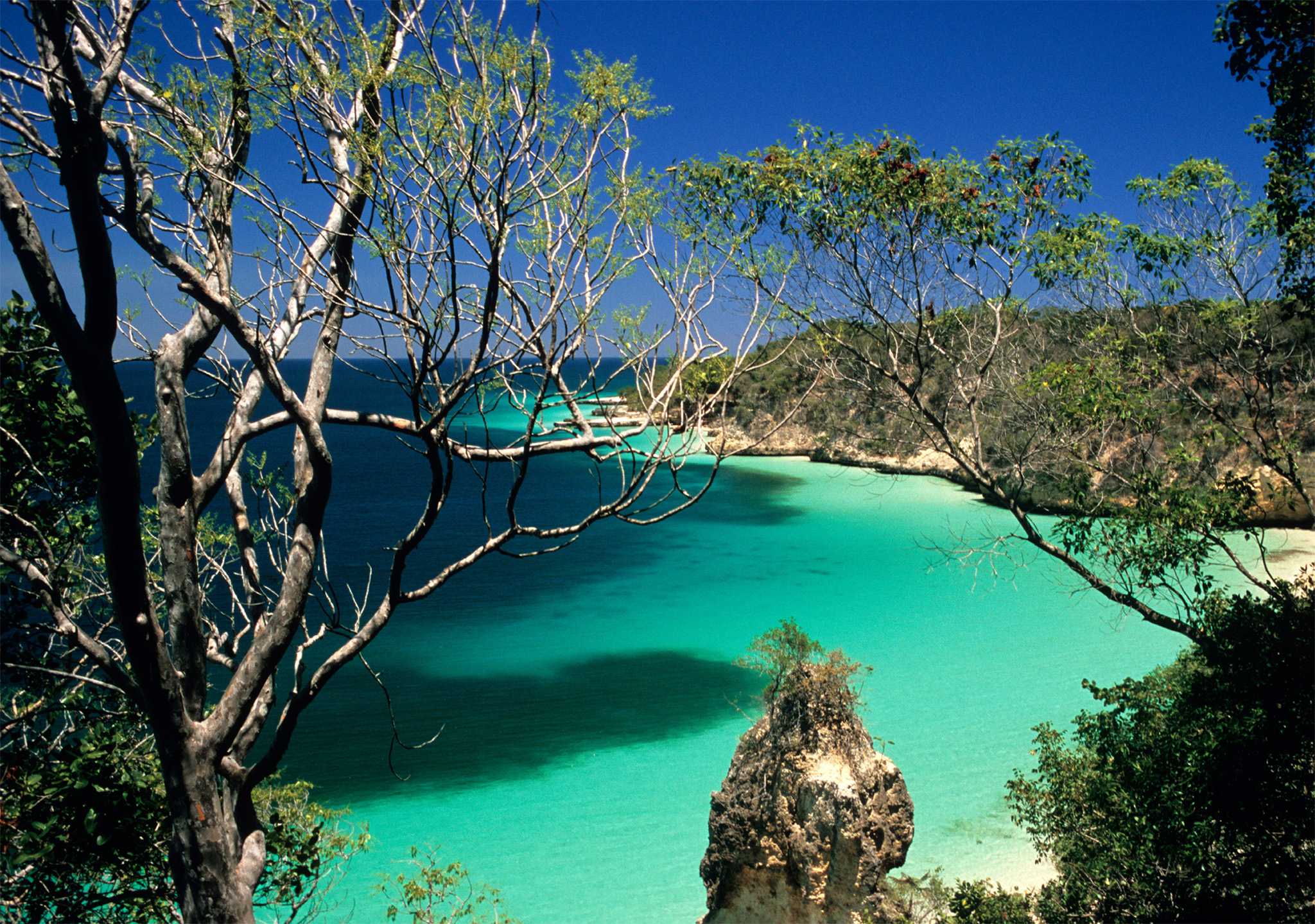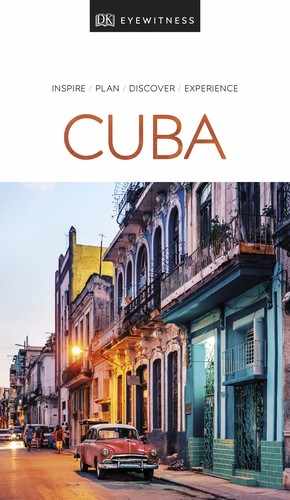Eastern Cuba

t One of the lovely coves on Cayo Saetía, an ecological treasure
Experience Eastern Cuba
Cubans refer to the eastern part of Cuba as the Oriente, giving it an exotic, magical appeal. From the 17th to the 19th centuries, thousands of slaves were brought to Cuba from Africa and gave rise to the multi-ethnic nature of Eastern Cuba today: part African, but also part Spanish, part French and part Chinese. In this cultural melting pot, African and European, Roman Catholic and pagan traditions are blended, sometimes inextricably. This is no more apparent than in Santiago de Cuba’s riotous annual carnival.
The area is full of contradictions: it is combative, rebellious and indomitable; and yet laid-back and full of music. The people of Eastern Cuba have always fought with great fervour. In the 16th century, the Indian chief Hatuey was burned at the stake here for organizing resistance against the Spanish, while in the 19th century, local nationalists led the wars of independence. The citizens of Bayamo even burned down their town rather than hand it over to the enemy. Then, in the 20th century, there were the rebeldes (many of whom were from Eastern Cuba, including the Castros themselves), who launched the struggle against Batista’s dictatorship by attacking the Moncada Barracks in Santiago de Cuba.
